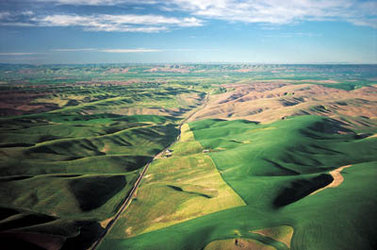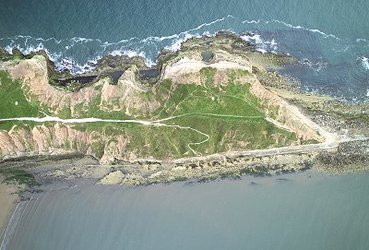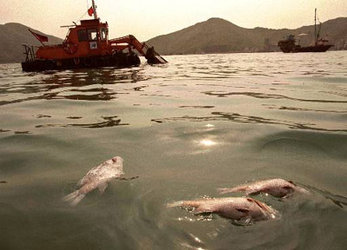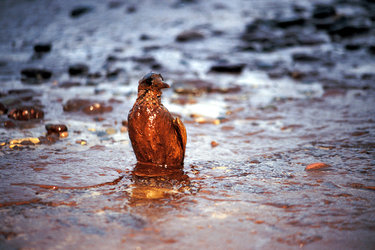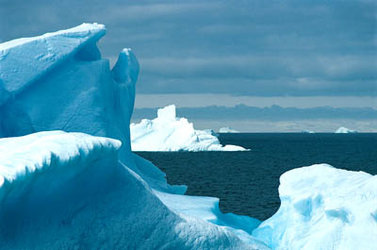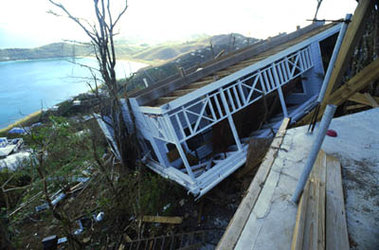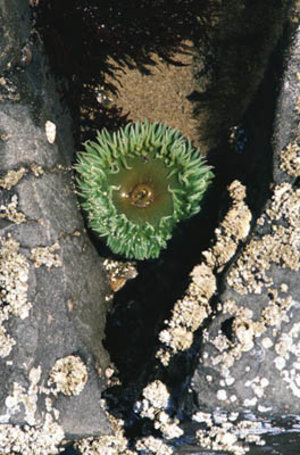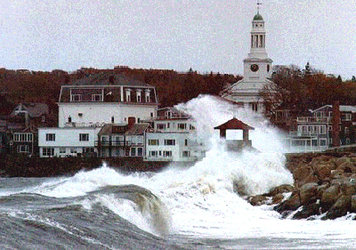Oceans
Oceans cover far more of the Earth’s surface than the land - in all about 71% - yet we know far less about them, even though their behaviour effects our weather and the atmosphere above us.
For centuries they have been used as a dumping ground for anything and everything, including oil from shipping and land-based sources; toxins from industry and agriculture; sediments from mining, forestry and farming; sewage and plastic litter; and even radioactive isotopes.
Oceans absorb half of all inbound solar energy at the equator and carry it towards the poles. Europeans have the Gulf Stream to thank for saving them from Arctic-style winters, while the recurrent Tropical Pacific El Niño oscillation not only dramatically alters weather patterns in Asia and the Americas but also has a worldwide impact.
The ocean was the first place life on Earth thrived - and it thrives there still. The billions of tiny phytoplankton particles in our seas may individually appear insignificant but collectively they play a crucial role in the carbon cycle, which determines the chemical balance between the oceans and the atmosphere.

Despite the oceans’ importance, prior to the satellite age relatively little was known on a global scale about the seas that surround us. Now Envisat’s sensors are mapping the world’s oceans on a global and regional scale. Radar Altimeter data can measure precise changes in sea level and create accurate topographical maps of ice sheets at the poles.
This data, combined with sea surface temperature measurements from AATSR, can give us an incredibly detailed picture of the Earth’s oceans, accurate to within a few centimetres and to a fraction of a degree.
Envisat results also monitor the health of our environment. The MERIS spectrometer surveys phytoplankton distribution, water sediment and pollution, including - in combination with ASAR data - oil slicks of large dimensions. All this information helps us to learn more about the factors affecting our climate and atmosphere, and assist efforts to safeguard the Earth’s oceans and the life within them.















 Germany
Germany
 Austria
Austria
 Belgium
Belgium
 Denmark
Denmark
 Spain
Spain
 Estonia
Estonia
 Finland
Finland
 France
France
 Greece
Greece
 Hungary
Hungary
 Ireland
Ireland
 Italy
Italy
 Luxembourg
Luxembourg
 Norway
Norway
 The Netherlands
The Netherlands
 Poland
Poland
 Portugal
Portugal
 Czechia
Czechia
 Romania
Romania
 United Kingdom
United Kingdom
 Slovenia
Slovenia
 Sweden
Sweden
 Switzerland
Switzerland



























